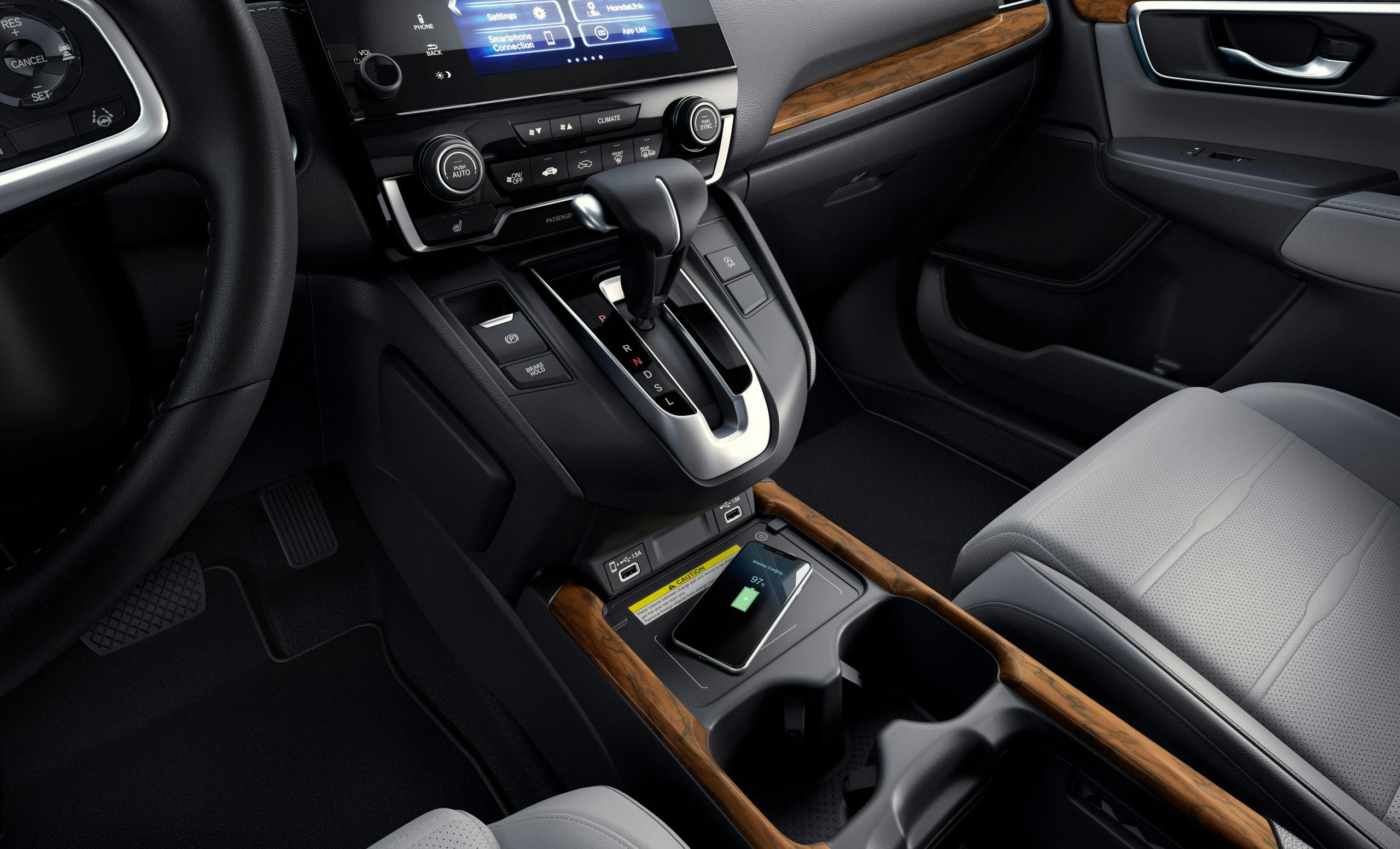Honda has one of the most unique hybrid powertrains on the market. It’s one of the only brands to utilize one that doesn’t have a transmission, the other being Koenigsegg. That means the Accord Hybrid, CR-V Hybrid, and Insight all have direct drive layouts. They don’t use a stepped gearbox, a CVT, or even a planetary gear set to put the power down to the wheels. You may be wondering how this all works because it seems so different. Here’s a full explanation of how Honda manages to make a transmission-free powertrain operate seamlessly.
Central to the Honda two-motor hybrid system is a gas engine. In the Accord and CR-V, it’s a 2.0-liter four-cylinder. The smaller Insight, global market Fit, and the upcoming HR-V/Vezel use a smaller 1.5-liter unit. Coupled to it are a small lithium-ion battery and two electric motors, the more powerful one drives the vehicle while the smaller one acts as a starter and generator. A clutch pack connects the gas engine to the wheels. When additional power is needed, it opens to allow the engine to assist the electric drive motor in motivating the vehicle. However, it’s limited to a single ratio, meaning the system’s overall efficiency drops at higher speeds.
Honda tunes the two-motor hybrid system according to the vehicle it will be used in. In the CR-V, you get more gas engine assistance, which means it feels similar to other hybrids like its chief competitor, the RAV4 Hybrid. Step on the accelerator and you get the same type of experience; no shifts, just a single stream of power. As with most hybrids, the electric motor helps you get off the line while the gas engine comes into the picture a few moments later.
Lighter vehicles like the Accord and Insight drive more like electric vehicles. Why? Because Honda calibrated the hybrid system to use the electric motor for motivation as much as possible. As a result, the Accord and Insight only use their gas engines when you need extra power for passing, merging, climbing steep inclines, and hard acceleration. It also helps that the electric drive motor Honda uses on the Accord, CR-V and Insight are more powerful than the gas engines they’re paired with. This is an especially big deal since you’re not sacrificing acceleration for the sake of high efficiency. Another benefit is smoother power delivery: thanks to the electric motor’s instant torque, you get more get up and go at all speeds.
Honda also gives you tools to make the driving experience closer to a battery-electric vehicle. Four levels of regenerative braking allow you some degree of one-pedal driving. When going downhill or exiting the freeway, you can fully charge the lithium-ion battery, allowing you to drive emissions-free for longer durations. At its highest level, there’s enough energy recuperation to slow the car down significantly from city speeds once you ease off the accelerator.
Expect more vehicles to get Honda’s two-motor hybrid system as the brand continues to electrify its lineup ahead of the launch of its first dedicated battery-electric model. With the Clarity Plug-in going out of production this year, three hybrids will remain in Honda’s lineup: the CR-V, Accord, and Insight. However, that’s not going to stay that way for long because the HR-V is expected to get a hybrid variant for its next generation. The Insight, on the other hand, will likely get discontinued in North America because of the recent announcement that the Civic Hybrid will return to the 11th generation lineup. While it hasn’t been confirmed yet, we doubt that it’s not coming here considering the Civic’s popularity and brand recognition in North America. This could also mean that the Civic Hybrid may be available in both sedan and hatchback flavors, further expanding its appeal

